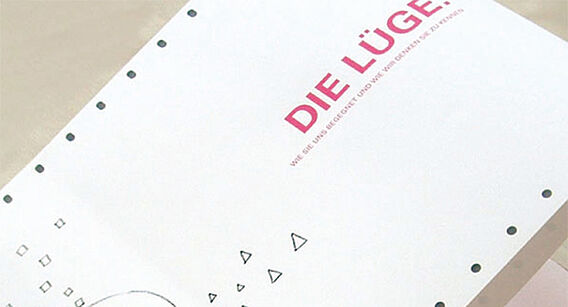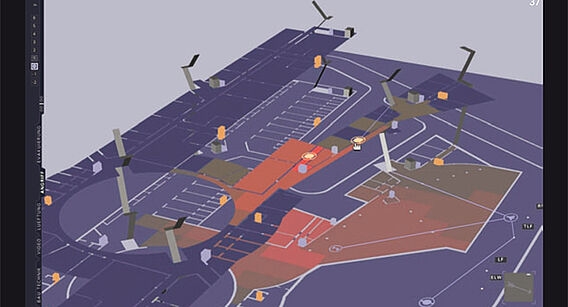Das Buch der Lüge – the book of lies
A fundamental truth of everyday life is the fact that without exception – even in harmless situations where there is no risk of being caught – all of us tend to lie to ourselves or to others without having a guilty conscience. Motives for lying and the impact lies have on those they address are many.
The idea behind this book was to show that not all lies are told with bad intentions and to delineate the border between good and bad lies.
The work is intended to bring this abstract topic to the reader with a bit of irony. The design of the pages is reminiscent of the printouts of lie detector tests. A grid of lines and curves similar to that found in the printout of the results of a lie detector test straddles the entire book, only now and then covered by white spaces or photos. The lines form into the headings of the eight chapters as if written by the lie detector itself. The book’s design elements, for example, Polaroid photos, post-its, coffee stains and inserted notes, are intended to give the reader the impression that a lie detector test has been conducted and its data analyzed.
The book has 124 pages and is bound in the Japanese style to create the impression of an endless paper strip, and because it can be handled more easily than a fanfold.

